by Michael Haskew
The Allied invasion of Nazi-occupied Europe was inevitable as the tide of World War II turned against Germany. The questions were simply when and where. Since these could not be answered with any degree of certainty, the Germans were obliged to defend a coastline that stretched from the North Sea to the Bay of Biscay.
[text_ad]
Hitler touted the strength of his “Fortress Europe,” also known as the Atlantic Wall, and in November 1943, he placed Field Marshal Erwin Rommel in command of the defensive network. When he arrived, Rommel was shocked at the slow progress that had been made in construction and the lack of finished gun emplacements, concrete bombproofs, and machine gun positions. At once, he quickened the pace of construction.
Rommel’s Afrika Korps & Army Group B
Rommel, a hero of the Battle of Caporetto during World War I, was one of the most respected officers in the German Army. He had gained fame as commander of the Afrika Korps, conducting a brilliant campaign against the Allies and regularly utilizing intelligence information to outflank positions, hit hard, and force the enemy to retreat. In the end, however, the war was lost in North Africa. By that time, however, Rommel had been recalled to Germany and then placed in command of Army Group B in France.
Rommel’s superior in France was 69-year-old Field Marshal Gerd von Rundstedt, a member of the Prussian officer aristocracy whose family had long been associated with the Army. Rundstedt had commanded army groups during the conquest of Poland in 1939, the Battle of France in 1940, and Operation Barbarossa, the ill-fated invasion of the Soviet Union in the summer of 1941. He was sacked by Hitler after German forces retreated from Rostov that December and recalled a few months later as Commander-in-Chief West.
Rundstedt Keeps An Eye on the Allied Navy
As work proceeded on the Atlantic Wall, Rundstedt believed that the Allied invasion would come at the Pas de Calais, the shortest distance from Britain to the continent. Rommel was skeptical, asserting that the Allies could land at a number of locations, including Normandy. Another significant disagreement surfaced between the officers regarding the deployment of German armored, or panzer, divisions to respond most effectively when the invasion did come.
Rundstedt, supported by General Leo Geyr von Schweppenburg, who commanded German armored forces in the West, asserted that the panzer divisions should be held back from the invasion beaches, wherever they were, and then assembled for a mass counterattack that would defeat the Allies. Rundstedt was wary of the powerful guns of Allied naval vessels. These, he believed, were capable of shattering German armored spearheads that were too close to the sea, as they had done during the invasion of Italy at Salerno in September 1943.
Rommel argued that the panzers should be close to the invasion beaches in order to counterattack swiftly and drive the Allies into the English Channel before their foothold on the continent was firmly established. He reasoned further that Allied air power, a dominating force as D-Day approached, would ravage concentrations of German armor, destroying the tanks before they could be massed as the Allies moved inland. Eventually, Hitler intervened, and neither Rommel nor Rundstedt got what he wanted. The Fuhrer retained control of the panzer divisions in large part, and these could only be released on his orders.
Sleeping In Late on D-Day
When the Allies landed in Normandy, Rundstedt recognized the threat as the real invasion and pleaded for the release of the panzers. Hitler slept late into the day on June 6, 1944, and the opportunity to launch an effective armored counterattack slipped away. Only the 21st Panzer Division was available to respond on D-Day, successfully driving between British and Canadian troops on Juno and Sword beaches and reaching the Channel coast. With no reinforces to follow up their gains, the panzers were forced to withdraw.
After D-Day, Rommel’s warning proved accurate. Allied aircraft destroyed large numbers of German armored vehicles, particularly those that moved during daylight hours. Rundstedt’s idea of a massed counterattack involving several panzer divisions never took shape. Would either commander’s strategy have succeeded? The debate continues.
Rommel was implicated in the July 20, 1944, plot to kill Hitler and chose suicide over a show trial to protect his family from retribution. He died on October 14, 1944, at the age of 52. Rundstedt was dismissed and then recalled a final time, serving as commander in the West until March 1945. He survived the war and died on February 24, 1953, at the age of 77.
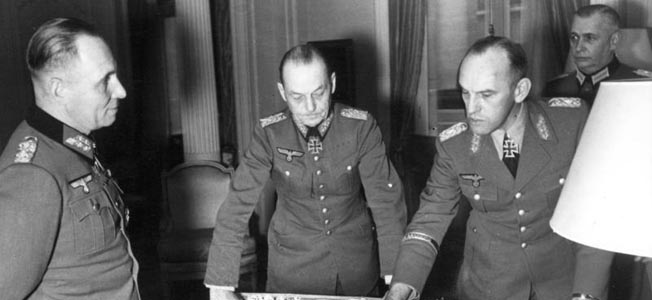
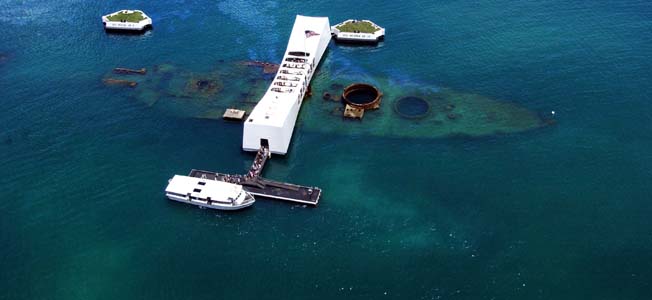
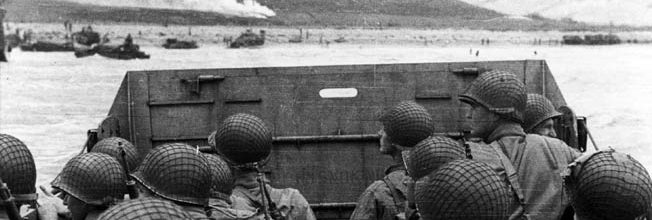
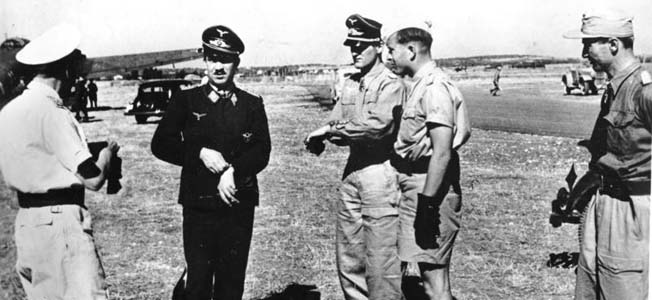
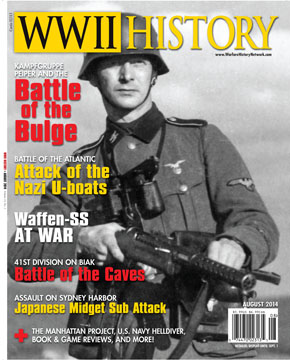
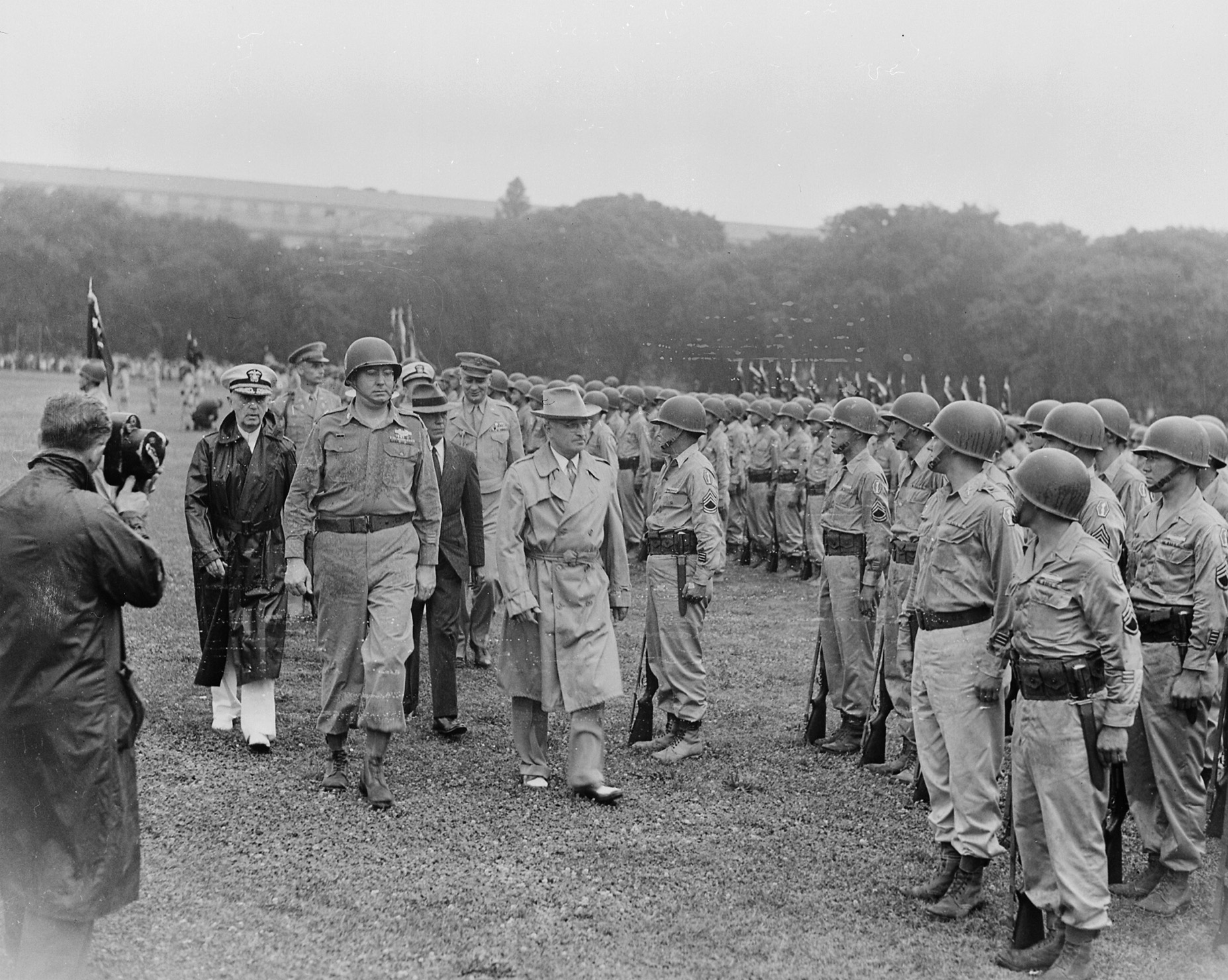
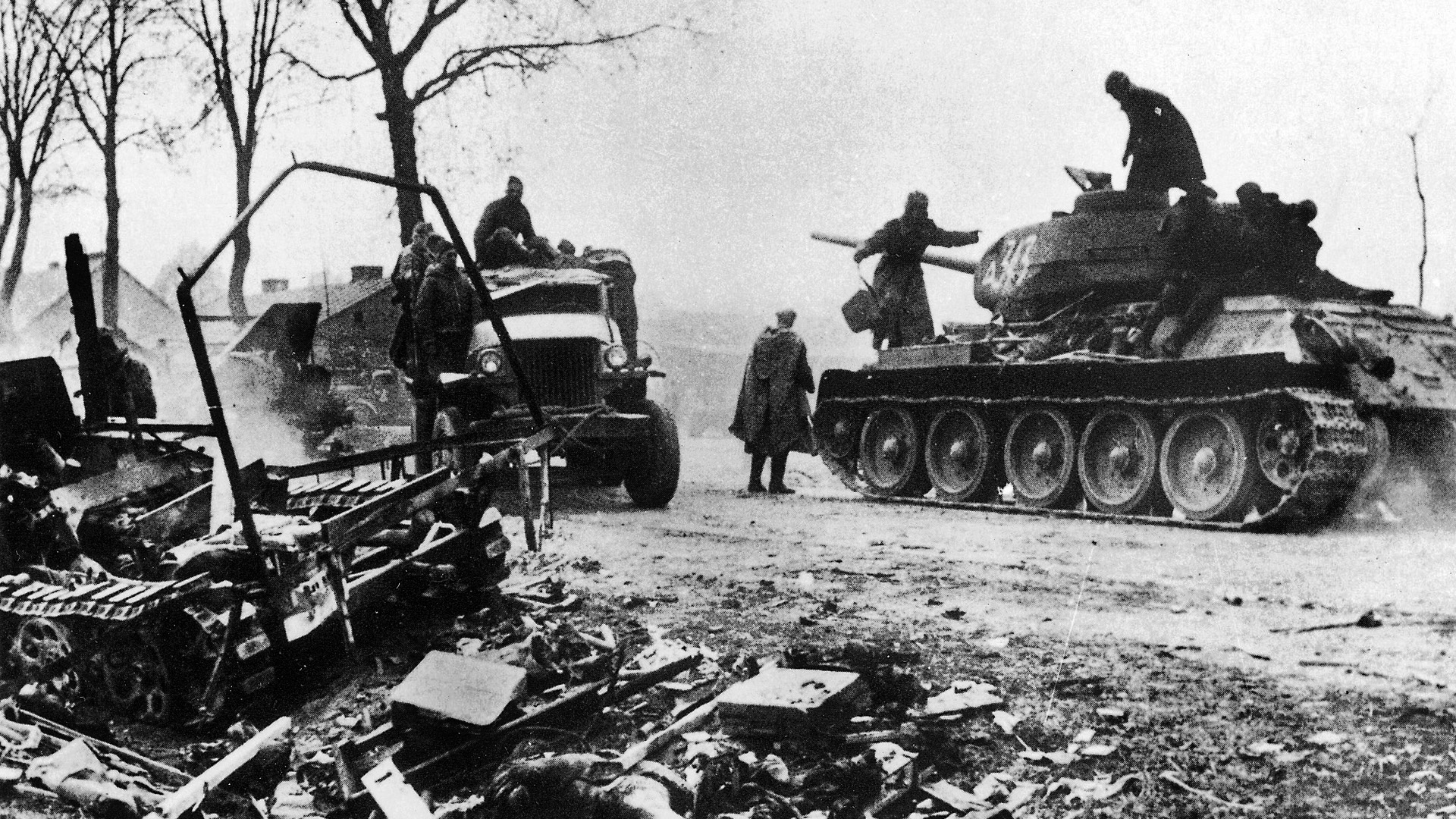
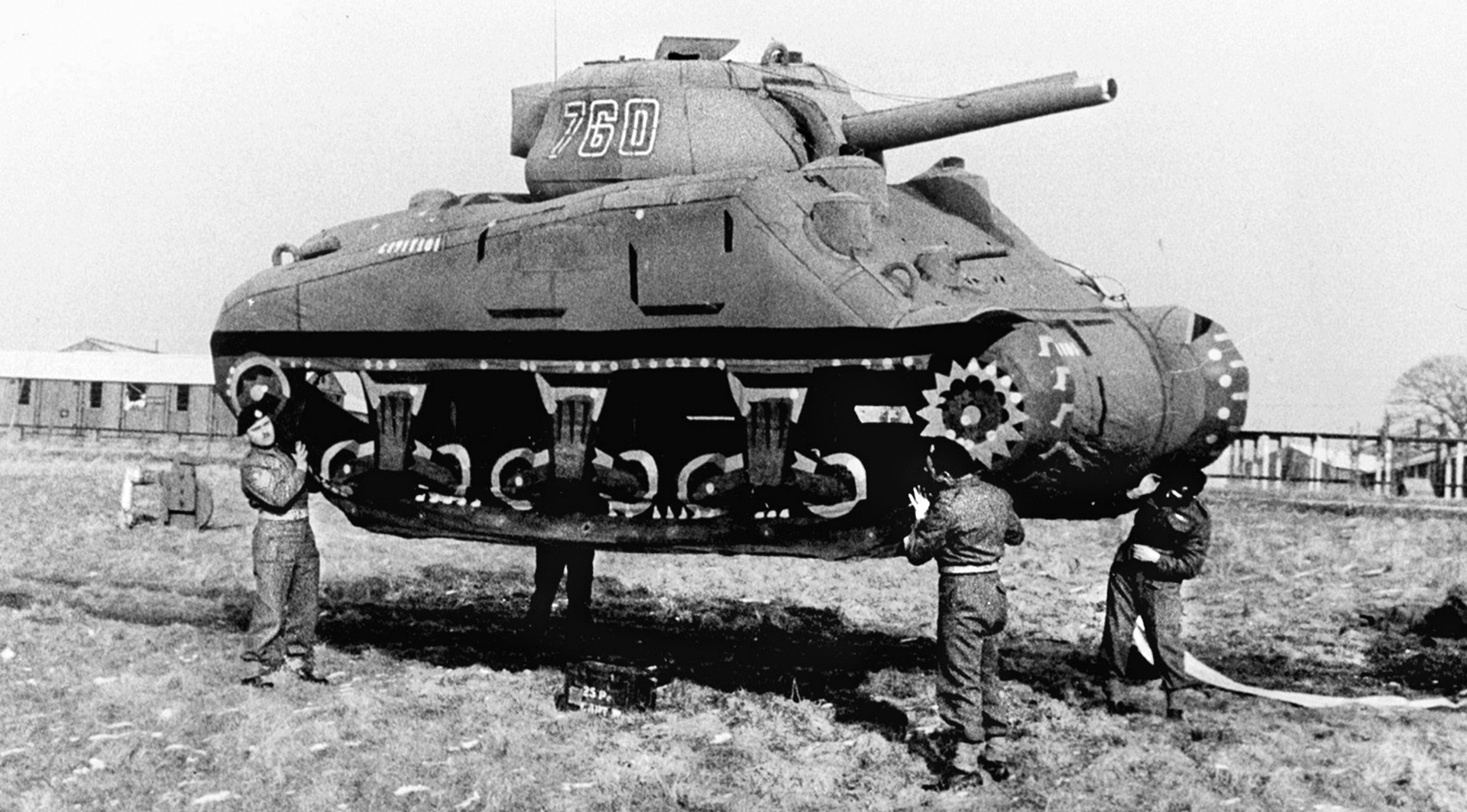
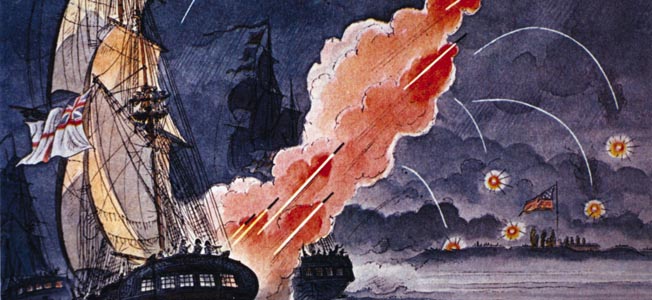
Mustafa Kemal (Ataturk) was in command of 19th Ottoman Division when British and ANZAC forces initiated landing on North-West of Gallipoli peninsula in April 1915. Although his division was assigned as reserve by Dardannels Commander Liman Von Sanders, Mustafa Kemal has immediately moved to attack to invading forces without waiting any order. Studied by General Patton (then Lieutenant Colonel) as early as 1936) the defense of Gallipoli probably was a smaller version of D-Day. Eventually (as stated by Patton) the spirit of defenders and commanders made the difference. Luckily, Mustafa Kemal was a bold commander free enough to take a swift action in the morning of 25 April 1915 with his division which was a reserve force. It was the famous attack he ordered a bayonet charge to soldiers retreating due to lack of ammunition: I am not ordering you to attack, I am ordering you to die!